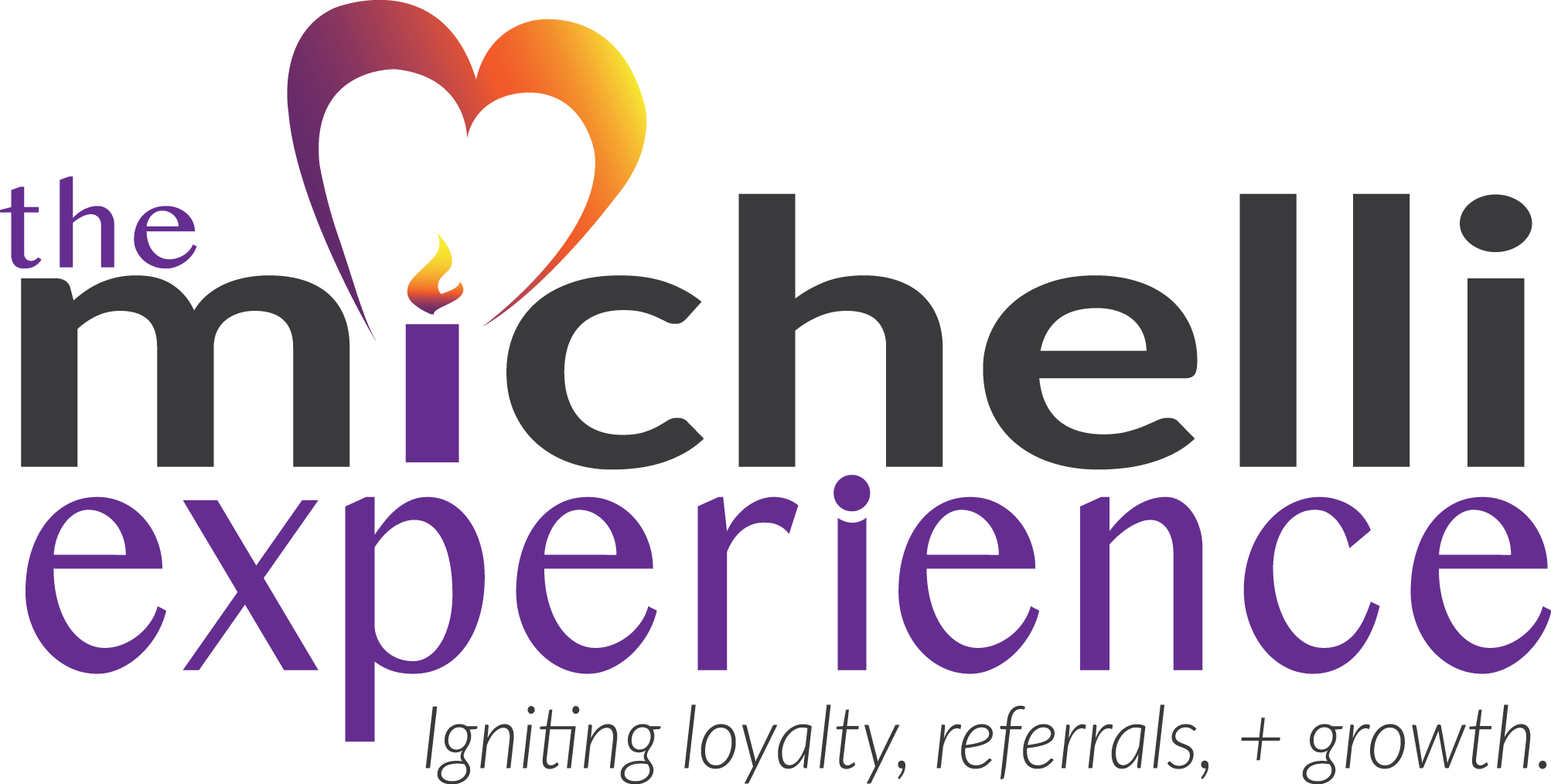Ok, I admit the issue of employee versus customer primacy falls into the category of unanswerable debates such as which came first the chicken or the egg. That said, many leaders continue to articulate a mantra that either the customer or the employee “comes first.”
While I personally like to side-step this looping debate by suggesting that “all business is personal,” and that personal connections must be formed with the people we call employees in order for those people to profit and serve other people we call customers or shareholders, I am convinced greater leaders have a penchant for forming meaningful personal connections at all levels of an organization.
The experiences on which I’ve come to concluded the importance of “interpersonal engagement” stems from my work with and the books I have written about companies like the Pike Place Fish Market, Zappos, The Ritz-Carlton Hotel Company, Starbucks, and UCLA Health Systems. Here are a few lessons and tools I’ve picked up along the way by watching the consistent care afforded by leaders in these organizations:
1) Employee Engagement Drives Customer Engagement.
While a causal relationship would be difficult to prove, strong correlations exist between employee engagement and customer engagement. As such, leaders in “world class” service organizations measure and actively seek to drive employee and customer connections. Ultimately these leaders seek to have employees who feel their opinions matter, are recognized for work that is well done, are provided opportunities to work and grow and to function in a community environment where employees experience autonomy, mastery, and purposefulness.
2) Customer Engagement Drives Loyalty and Advocacy.
Customer satisfaction does not ensure customer loyalty. In fact, satisfaction alone leaves your customers a coupon away from trying a competitor. As such, great leaders and business owners seek to instill a culture of service excellence through a clear delineation of the optimal customer experience (operationally and emotionally), and by constant discussions of core service values, as well as an emphasis on the overarching purpose of the business. These leaders collect stories of service excellence and link them back to the desired optimal customer experience and to their companies mission, vision, and values
3) Business must be transacted for high efficiency but filtered through the lens of humanity. In my book Leading the Starbucks Way, I share a conversation I had with the company’s CEO Howard Schultz in which he demonstrates this point best, “Take love, humanity, and humility and then place it against a performance driven organization; these are in conflict to the naked eye but …we have become more performance driven than at any other time in our history and the values of the company are at a high level. If we can infuse love, humanity, and humility on a global basis and build it into a performance-driven organization, we are unbeatable.”
So rather than trying to craft a catchy slogan like the customer is king or queen, or the employee is number one, how about redoubling efforts to drive the engagement of both customers and employees while fueling a high-performance organization in which leaders makes decisions through the lens of humanity? That seems like an unbeatable combination to me, how about to you?

Joseph A. Michelli, Ph.D. is a professional speaker and chief experience officer at The Michelli Experience. A New York Times #1 bestselling author, Dr. Michelli and his team consult with some of the world’s best customer experience companies.
Follow on Twitter: @josephmichelli



